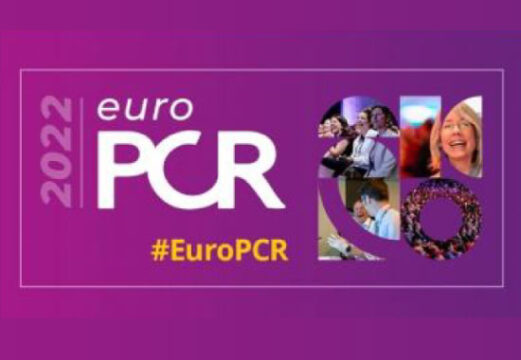Patients undergoing TAVR are mostly older and more fragile, with comorbidities both cardiovascular and non-cardiovascular. Therefore, they are associated with thromboembolic and bleeding risk.

This study looked mortality predictors after successful TAVR in the Galileo trial.
Mortality at 248 days was 9.2%, 5.5% being of cardiovascular cause and 3.9% non-cardiovascular.
Mortality predictors were age >85, male sex, hemoglobin <10 g/dL, COPD, peripheral vascular disease, eGFR <45 ml/min/1,73m2 and functional class III-IV.
The presence of thromboembolic events was 8.5%, with time to event 151 days, stroke being the most frequent followed by MI and less frequently symptomatic valve thrombosis, TVP, pulmonary embolism and systemic embolism.
BARC bleeding was 18.2%, with time to first bleeding of 66 days, BARC 3 being most frequent, followed by 2, and less frequently 1 and 5.
Death after thromboembolism according to Kaplan Meier curve, reached 54.4% within a 36-day event to death time.
Read also: EuroPCR 2022 | ASTRO TAVR: Should we treat post TAVR Strokes with Neurointervention?
After BARC 2 or 3 bleeding, death was 17%, according to Kaplan Meier curve, within 178-day event to death time.
Bleedings BARC 2,3 and 5 were associated to mortality.
Authors have concluded that certain clinical variables are associated to mortality and that thromboembolic events are less frequent than bleeding, even though they are both associated to mortality (generally within a year). Moreover, they agree that the balance between bleeding event and thromboembolism after successful TAVR continues to be a challenge.

Dr. Carlos Fava.
Member of the Editorial Board in SOLACI.org.
Subscribe to our weekly newsletter
Get the latest scientific articles on interventional cardiology





